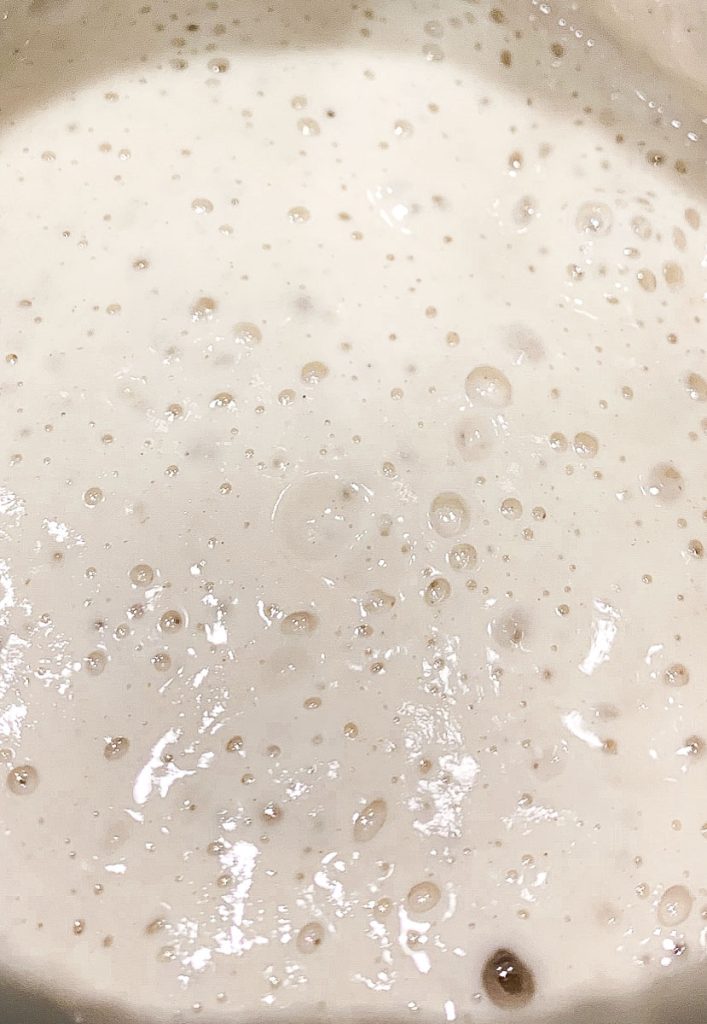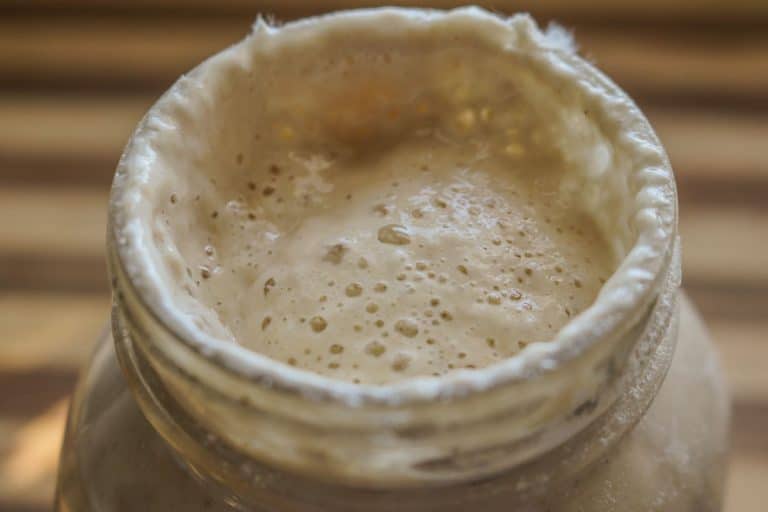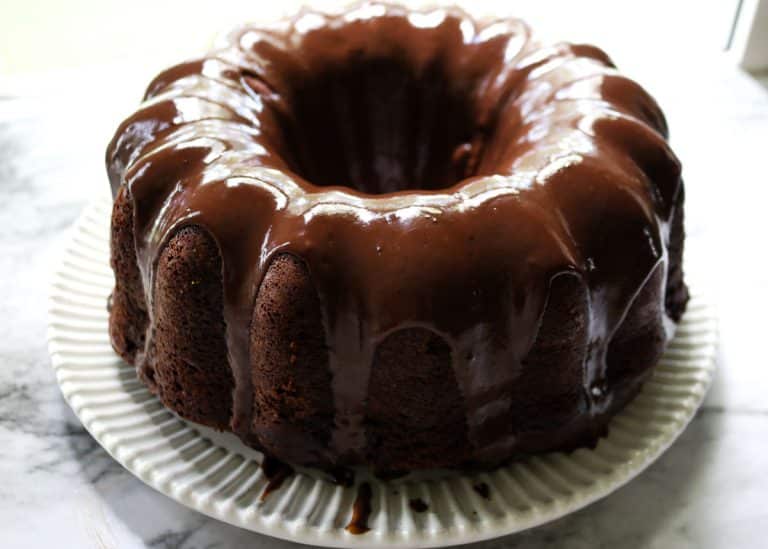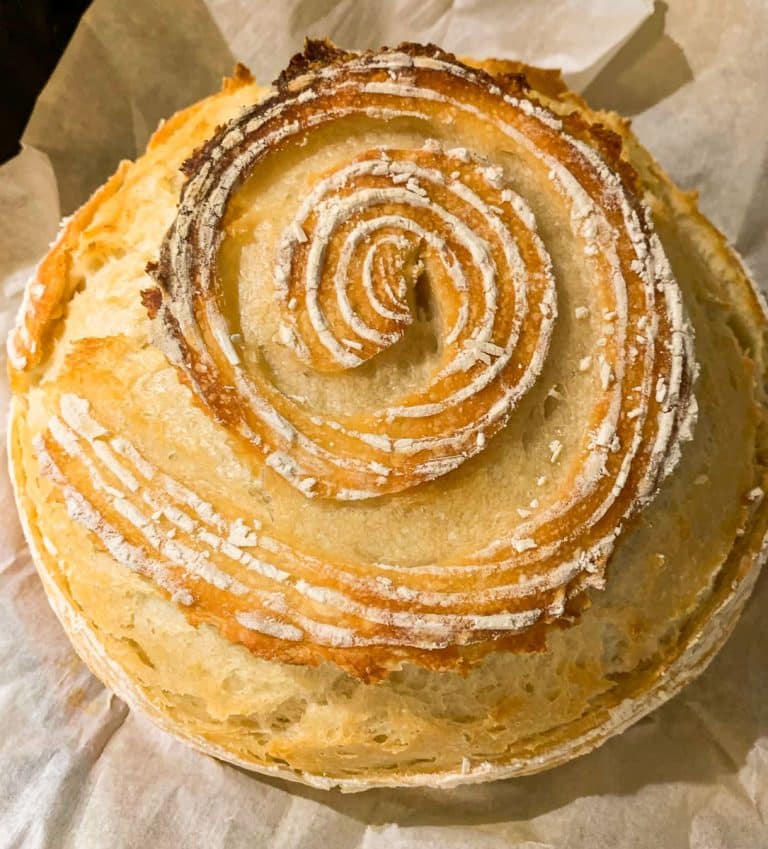How to Rehydrate Sourdough Starter from Dehydrated
Last Updated on December 31, 2025 by Stephanie Gilpin
Think of dried starter like sourdough insurance. Rehydrating sourdough dried starter is a simple process, and as little as a small 10 gram package of dry sourdough starter can get you back to baking in no time!

In this post, I will discuss why you should keep some dehydrated sourdough starter on hand as well as a step by step guide to rehydrating dry starter and dehydrating active sourdough starter.
Dehydrated sourdough starter is an easy way to share your starter with a friend or preserve your starter indefinitely while you travel or move. The best part? Rehydrating your sourdough starter is easy and will get you back into making bread in no time flat!
Why You Should Keep Dehydrated Sourdough Starter:
Even though sourdough is incredibly resilient, it is always a good idea to keep a bit of dried sourdough starter or frozen sourdough starter on hand for accidents. Many sourdough starters have met their fate being accidentally baked when pre-heating the oven, washed down the drain or simply neglected far too long.
Dried starter is also simpler to travel with than wet active sourdough starter. This makes it great for travel, moving, or mailing to a friend.
Dehydrated sourdough starter lasts a very long time in a glass jar on the shelf, making it the best long term storage option for keeping sourdough alive. While frozen sourdough starter may awaken from its dormant state a little quicker, a strong sourdough starter that is dehydrated can last indefinitely if kept in a sealed, airtight container. I have successfully reactivated dried sourdough starter from 4 year old dried starter with no problems.
For all of those reasons and more I like to keep dry starter on hand in a mason jar in the pantry.
How to Dehydrate Sourdough Starter:
- Before drying your sourdough starter make sure it has been fed and is active. Feed your starter 4-6 hours before drying. Only a mature starter should be dried for best results.
- Once your starter has been fed and is active, lay out some parchment paper on a baking tray.
- Using a spoon or rubber spatula spread sourdough starter out as thin as possible.
- Once the sourdough is spread in a very thin layer on the parchment paper, place the tray in a covered space such as a cold oven.
- Allow the sourdough starter to dry at room temperature for 2-3 days or until it is fully dried and easily broken into small pieces.Optionally- blend the pieces into powder using a spice grinder or blender.
- Store the dried starter in an airtight container like a glass jar. Store on the shelf in an area with ambient temperature like in cupboard or pantry.
The drying process makes the shelf-stable starter ready for long-term storage. No further maintenance of the sourdough starter is required.
How to Rehydrate Dried Sourdough Starter:
- Measure out roughly one tablespoon of dried sourdough starter or 10 grams of starter and place in a clean jar. Add 50 grams or about 2 1/2 tablespoons of warm water and mix it together until all sourdough starter is under water.
- For best results use non-chlorinated water that is the temperature of warm bath water. Be careful to not get the water too hot, as hot water will kill the yeast.
- Let sit for 20 minutes to allow the water to rehydrated the dried starter.
- Next, add 50 grams or a scant 3.5 tablespoons of bread flour and stir to combine. Cover the jar and let sit for 12-24 hours.
- After 12 hours, discard all but 10 grams or about 2 teaspoons of sourdough starter. To the 2 teaspoons of starter add equal parts of bread flour and warm water, about 50 grams of each or 3 tablespoons of each. This doesn’t have to be measured precisely. Add roughly equal parts of each until a thick paste forms. Let sit for 12 hours.
- Repeat step 4 for a few days until your starter is active and doubling in size after a few hours. A rubber band on the outside of the jar can be used to mark the beginning level of the starter to track the starters rise.

When the sourdough starter doubles and rises consistently it is ready to bake with. Rehydrating dried starter takes a little patience, but is the fastest way to get back to baking after the loss of a starter.
Learn More About Sourdough:
- How to Freeze Sourdough Starter: A Step by Step Guide







